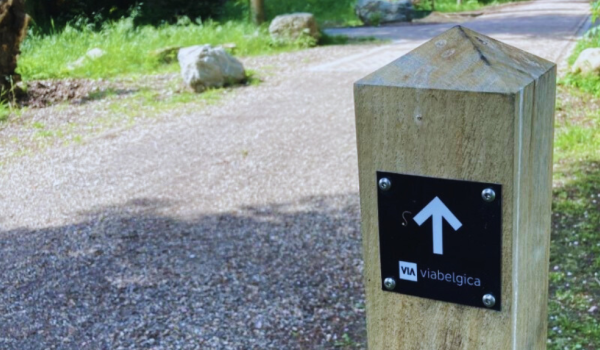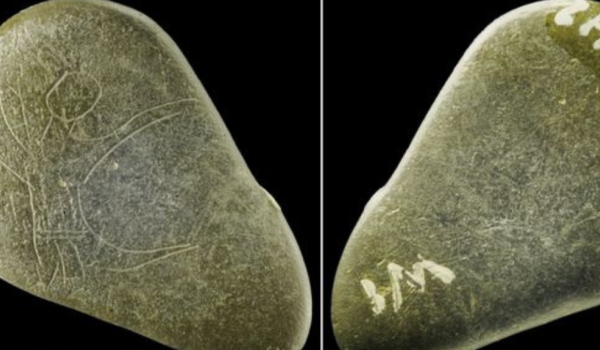Down Under in Limburg: The Underground Treasures of the Province
We are very proud that the province of Limburg is full of historical riches and archaeological treasures. Over the centuries, numerous excavations have given us a fascinating glimpse into the past. From prehistoric finds to impressive Roman sites and artifacts, Limburg is a true treasure trove for history enthusiasts. In this blog, we’ll take you on a tour of some of the most remarkable discoveries in this unique province.

Mosasaurus in Maastricht
In Maastricht, one of the most spectacular paleontological discoveries in the Netherlands was made: the Mosasaurus. This giant marine reptile from the Cretaceous period was unearthed in the marl quarries of the Sint-Pietersberg and has since become an icon of the city.
The skeleton, which can be admired at the Natural History Museum Maastricht, offers a unique glimpse into life beneath the sea millions of years ago. This find highlights Maastricht’s significance in the world of paleontology

Via Belgica
The Via Belgica, an ancient Roman road that ran through Limburg, connected important cities in the Roman Empire and played a crucial role in trade and communication at that time. Archaeological digs along this route have provided a wealth of information about life and infrastructure during the Roman period.
One of the highlights of Roman architecture in the Netherlands is the baths in Heerlen. These impressive bathhouses were the social and cultural heart of the Roman community. The remains of these baths are now on display at the Thermenmuseum in Heerlen. The museum will be closed from Monday, September 9, 2024, until the end of 2027 due to construction of the new Roman Museum

Kantharos from Stevensweert
In the war year 1943, during gravel extraction in the floodplains of the Maas River, near Stevensweert, a silver cup was found. The cup is believed to be of Greek-Roman origin. The Kantharos from Stevensweert is an archaeological find of great value.
At Museum Stevensweert, you can see not only the replica of the Kantharos but also many other archaeological finds.

The Dancer of Wanssum
At first glance, it’s just an unremarkable stone, only 38 mm in size. But it has great archaeological value. After examination, it was found to have an engraving on it.
An engraving (drawing) from about 10,000 years ago. Known as ‘The Dancer of Wanssum,’ this stone is one of the very few depictions of prehistoric people found locally. A replica can be seen at the Limburgs Museum in Venlo.
One Big Open-Air Museum
Limburg is essentially one big open-air museum, where in every city and village, you can discover unique finds. Tip: Use the free apps ‘archeoroutelimburg’ or ‘Via Belgica’ to dive into all the archaeological discoveries you can explore in the province of Limburg.
